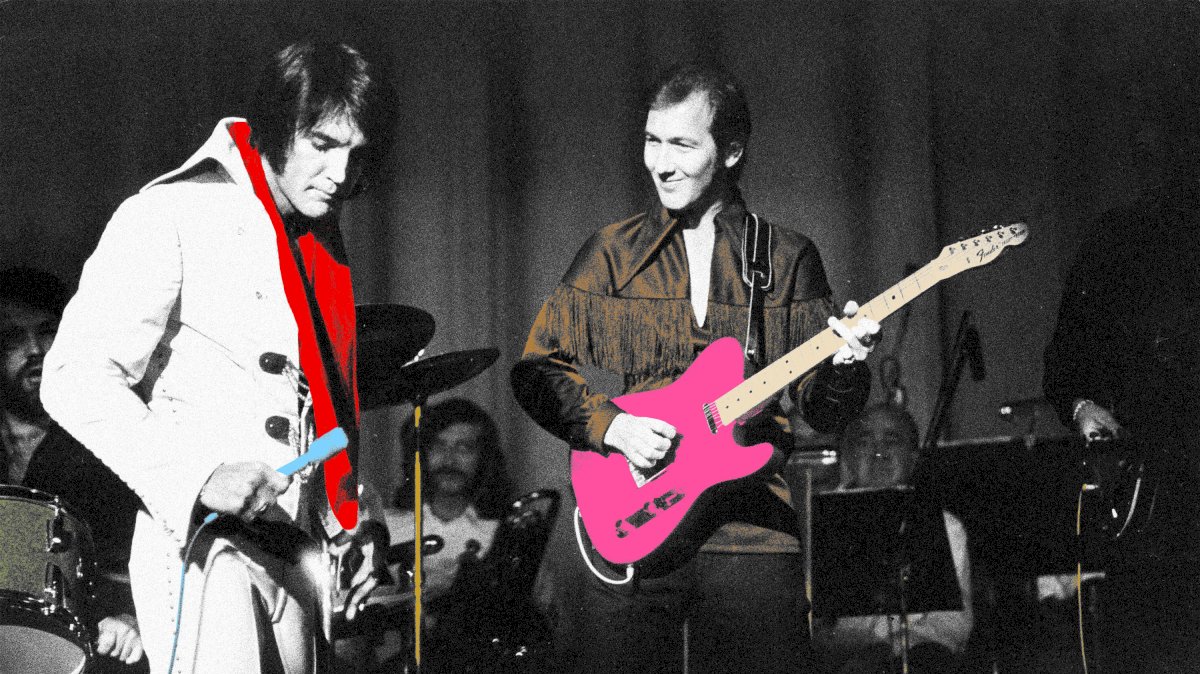"Shane," directed by George Stevens in 1953, stands as an enduring masterpiece in the realm of Western cinema. Adapted from Jack Schaefer's novel of the same name, the film captures the essence of the American frontier, portraying a mysterious stranger's journey into a small town torn between ranchers and farmers. With stellar performances, a compelling narrative, and breathtaking cinematography, "Shane" has secured its place as a timeless classic that continues to resonate with audiences.

The Enigmatic Shane

At the heart of "Shane" lies the enigmatic character after whom the film is named. Played by Alan Ladd, Shane is a drifter with a mysterious past who becomes embroiled in the conflicts between cattle ranchers and homesteaders. Ladd's portrayal of Shane is captivating, offering a perfect blend of stoicism and vulnerability. The character's internal struggle and eventual intervention in the town's disputes form the narrative backbone, creating a captivating story of redemption and sacrifice.
The Frontier Setting

"Shane" unfolds against the backdrop of the vast and untamed American frontier. The cinematography, led by Loyal Griggs, captures the sweeping landscapes and rugged beauty of the wilderness. The wide, open spaces serve as a metaphor for the untamed nature of the characters and the conflicts they face. The juxtaposition of the serene landscape with the intense human drama amplifies the film's emotional impact.
Conflict and Morality

The central conflict in "Shane" revolves around the tension between the cattle ranchers, led by the menacing Ryker (Emile Meyer), and the homesteaders, represented by Joe Starrett (Van Heflin) and his family. This dichotomy sets the stage for a moral struggle, with Shane caught in the middle. The film delves into themes of justice, morality, and the inevitable clash between progress and tradition on the frontier.
Shane's Relationship with the Starrett Family

One of the film's emotional cores is the relationship between Shane and the Starrett family, especially with Joe Starrett and his wife, Marian, played by Jean Arthur. Shane's quiet camaraderie with young Joey Starrett (Brandon deWilde) is particularly poignant. The familial bonds developed throughout the narrative enhance the film's emotional resonance, making the characters more relatable to the audience.
The Redemption Arc

Shane's character undergoes a compelling redemption arc as he grapples with his past and seeks a new purpose in the town's conflicts. His internal struggle adds layers to the narrative, transcending the typical conventions of the Western genre. The film masterfully explores the complexities of morality, painting Shane as a flawed hero who ultimately must confront the demons of his past.
Iconic Moments and Memorable Scenes

"Shane" is peppered with iconic moments that have become synonymous with the Western genre. The final showdown at the homestead, featuring Shane in a gunfight against Wilson (Jack Palance), is a cinematic highlight. The imagery of Shane riding into the sunset has become an indelible symbol of the genre, capturing the essence of the lone hero departing once his mission is complete.
Legacy and Impact

"Shane" was not only a critical success but also resonated with audiences, earning three Academy Award nominations and winning the Oscar for Best Cinematography. Beyond its accolades, the film has left an indelible mark on popular culture, influencing subsequent Westerns and serving as a reference point for filmmakers exploring themes of morality and redemption.
Conclusion

In the annals of cinematic history, "Shane" stands as a testament to the enduring power of storytelling. Its exploration of morality, redemption, and the clash between tradition and progress elevates it beyond the confines of the Western genre. George Stevens' directorial prowess, coupled with exceptional performances and breathtaking cinematography, ensures that "Shane" remains a timeless classic that continues to captivate audiences, inviting them to traverse the rugged landscapes of the American frontier and explore the complexities of the human spirit.


